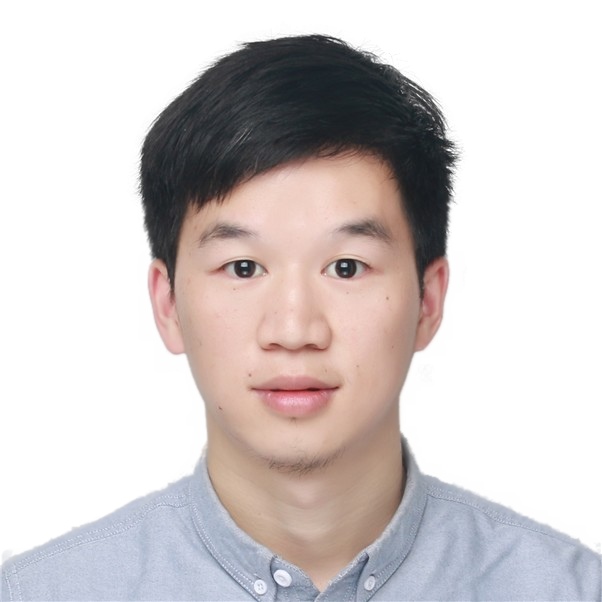Aug. 2022 - Present
Principal Investigator
Guangzhou Laboratory

(#Equal contribution, *Correspondence author)
We aim to figure out how TEs are regulated by chromatin modifications in the genome- wide scale. By combining the TEs epigenomic landscape summarized through large-scaled ChIP-seq data mining with genome-wide screen, we try to uncover class-specific regulators of TEs transcription in different cell types.
Presented TEs expression diverse between different cell fate branches by scRNA-seq during cell fate transition. Combination bioinformatic analysis of multi-omics data and experimental validation show how TEs control cell fate commitment. And also focous how epigenetic modification regulate cell fate decision through control of TEs.